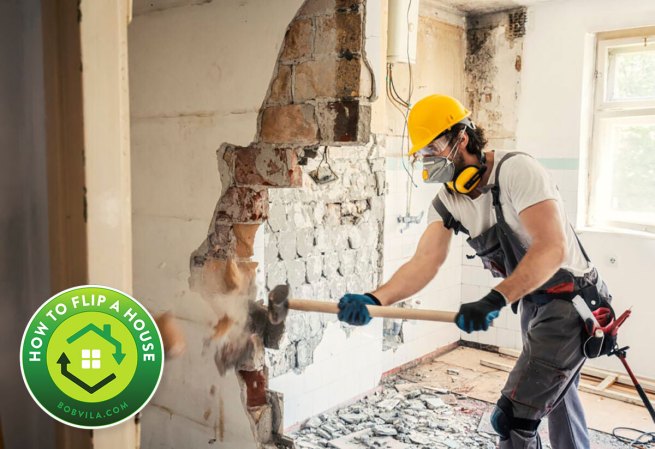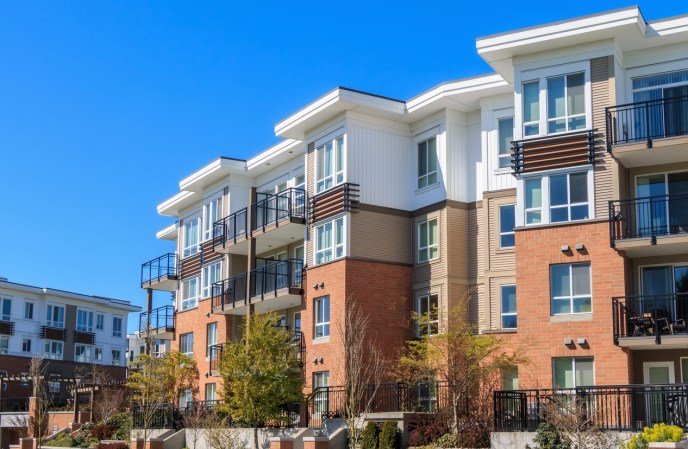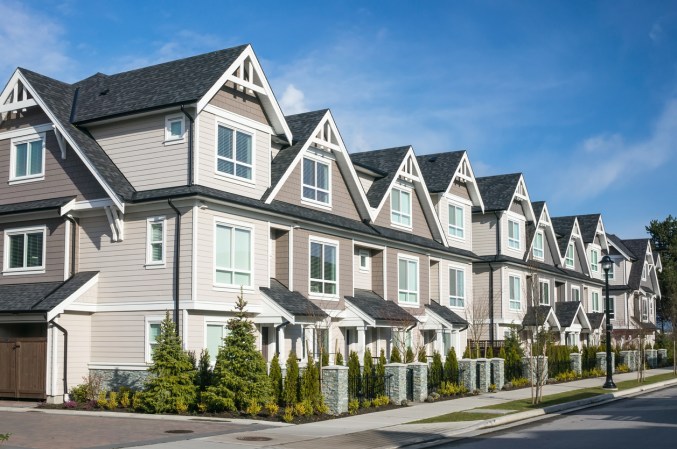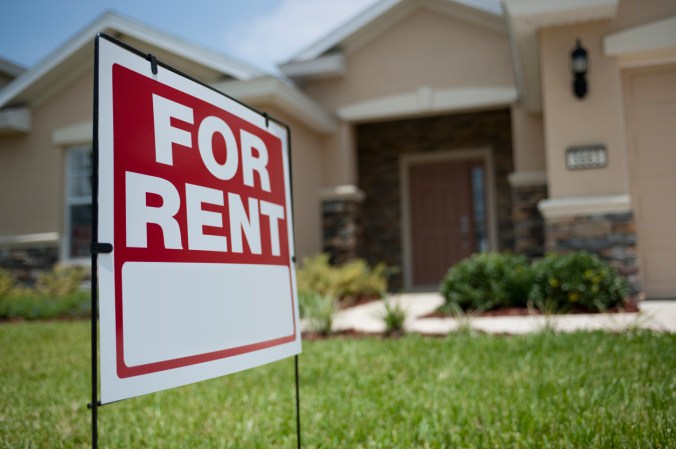We may earn revenue from the products available on this page and participate in affiliate programs. Learn More ›
Welcome to Bob Vila’s Guide to House Flipping, a series dedicated to showing you the best places for house flipping, crucial steps for selecting a property, must-do upgrades and repairs, and surprising ways to reduce your costs to get the most from your house flipping sales. Here you’ll find fresh insights mixed with Bob’s tried-and-true advice, our vetted shopping guides, and the inside track to the right professionals to get your flip to the finish line.
House flippers will be the first to admit they’ve had a good few years. The combination of low interest rates and rapidly escalating home prices made it almost impossible to not make a profit.
However, recently rising interest rates have slid the needle off the record, suddenly ending the party. Buyers are no longer stepping out, unable to afford their dream home and preferring to wait until interest rates drop again.
The change has left many flippers scratching their heads, strategizing what to do next. If you’re one, here are some ideas to help you ride out the lull.
RELATED: 13 Signs Your Home Has Good Resale Value
1. Focus on turnkey investment properties.
When the market turns and potential buyers are priced out of purchasing new homes, the rental market surges. During the last market downturn in 2008, savvy flippers pivoted to provide turnkey investment properties for investors. Renovating single-family homes and duplexes, renting to qualified tenants, and selling these homes to investors looking to make monthly cash flow got many flippers through a rough few years.
This strategy is a win-win because once a tenant is in place, the rental income covers a flipper’s holding costs. When done correctly, making these adjustments maintains a monthly cash flow for flippers until they sell.
2. Rehab multi-family homes for owner occupants.
Pragmatic buyers who are unable to buy their single-family dream home might instead be able to qualify to buy a duplex, triplex, or fourplex. This allows the property owners to live in one unit and rent the other unit(s) to cover their mortgage, thus living for free. This strategy is known as “house-hacking.”
When the market turns again, the property owners can use their multiunit dwelling as a rental, helping them qualify to buy a single-family home. The good news is that these owner-occupant multiunit homes qualify for a low down payment (3.5 percent) FHA loan.
RELATED: Thinking About Buying a Duplex? Consider Both Sides
3. Scale up to multi-unit buildings.
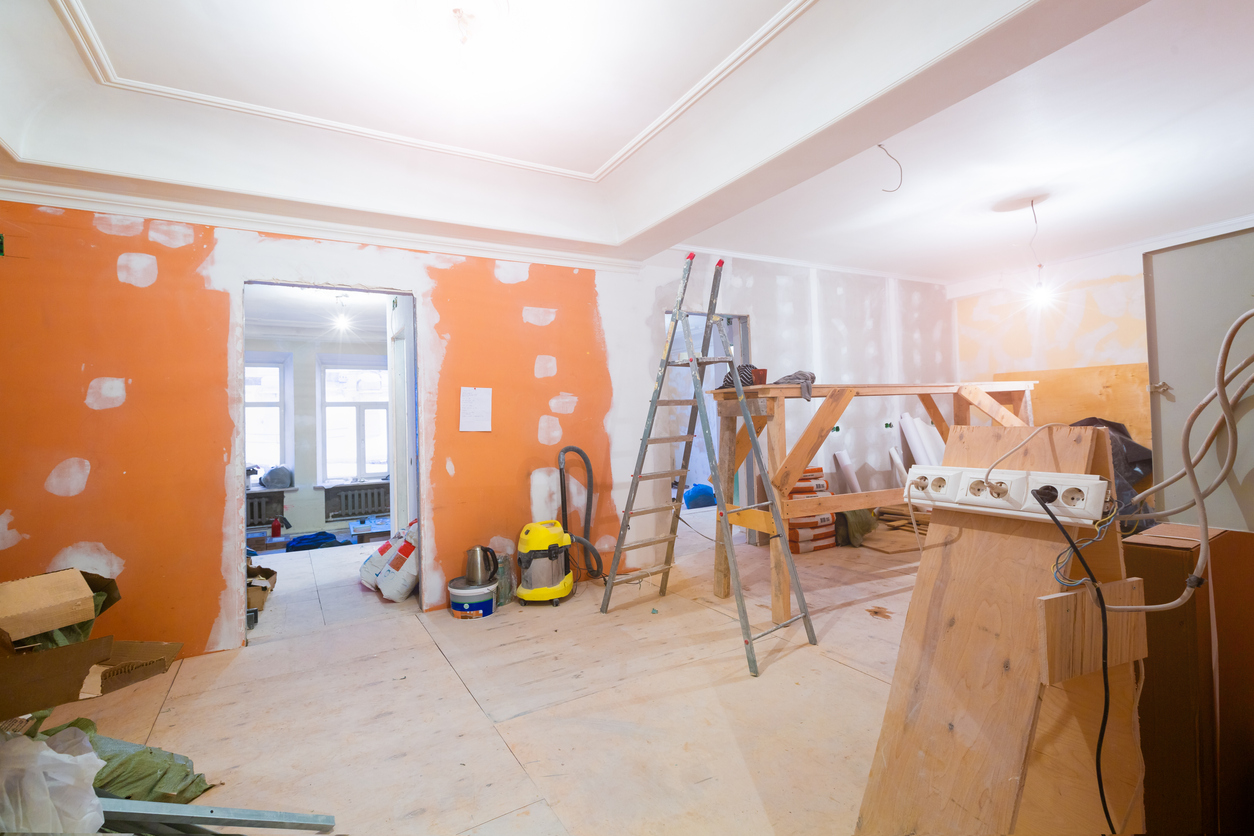
With the rental market on fire, many house flippers should look to scale up to larger multiunit buildings. The advantage of this is that the flipper can help determine the sale price by adding value to the building, thus increasing the rent roll, and thereby making the property more valuable. Again, the rental income should offset holding costs before selling the property.
RELATED: How Much Does Landlord Insurance Cost?
4. Downsize to flip less expensive homes.
The first casualty of a cooling real estate market is the upper echelon of homes. As a result, upscale home prices become unaffordable for many buyers, so flippers should stay away from them. Also, lenders may no longer be willing to loan money to flip these properties. When renovated well, a less expensive, median-priced home still can attract buyers because the cooling market leads to a chronic shortage of homes.
Renting is an alternative for many people, who might choose less space and luxury in a less expensive home over a high monthly mortgage. So if you’re a flipper used to working on McMansions for big profits, now would be a good time to downsize.
RELATED: The Best Junk Removal Services
5. Look to “pre-hab” properties for quick cash.
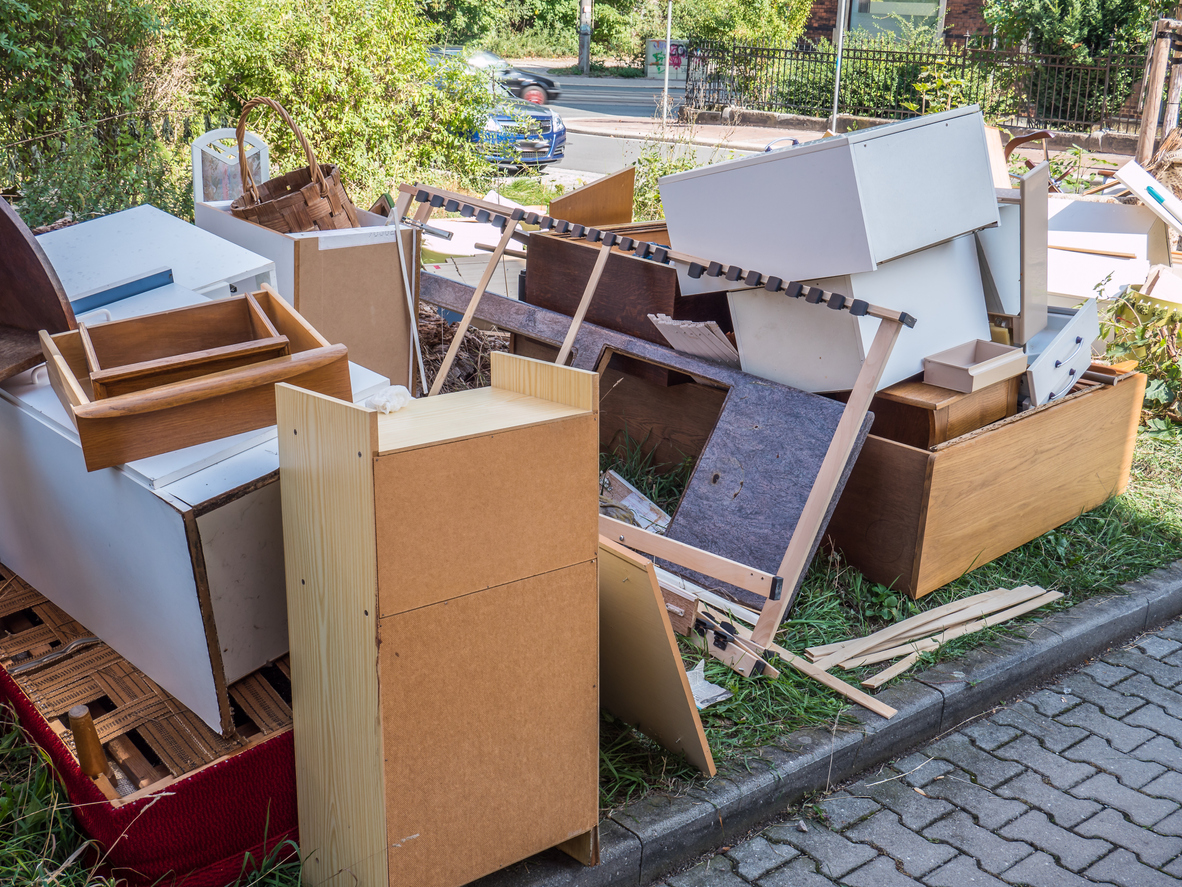
Flipping properties is mired with risk. In a cooling market, where buyers have more difficulty qualifying for loans, one bad flip can be disastrous to new investors. However, some flippers with deeper pockets are willing to take on the challenge. If you’re a flipper with minimal cash reserves, you can make good money assisting these wealthier investors by doing their grunt work. It takes up less time than a flip and allows you to work a day job until you can afford your next property.
One service you can provide to another flipper is finding a home with title issues, clearing them up, and providing a clean C/O (Certificate of Occupancy) to save the other flipper a lot of time. Another invaluable service is cleaning out the bulk of debris from a property so that it’s ready for an experienced flipper to buy and start work immediately.
This relatively inexpensive process can earn a newbie flipper several thousands of dollars without incurring the expense and risk of a flip. Find ideal properties that fit this mold by sending out postcards and looking at foreclosures and auction sites.
6. Search for expired listings that didn’t sell.
Many sellers have had a hard time adjusting to the new home prices in a changing market. If they listed their home, anticipating multiple offers and bidding wars, the shock of low or no offers has been hard to digest. Sellers who have had to put their lives on hold have grown increasingly desperate and eventually resigned themselves to staying put. Check for expired listings on the MLS and put homeowners out of their misery by offering them a lower price equal to current market conditions.
RELATED: The Best Real Estate Websites
7. Negotiate with homeowners caught in a chain.

When homeowners find—or even place an offer on—another property, anticipating their current home to sell, they’ll find themselves desperate to move. This is especially true when their earnest money and down payment are at stake. A cooling market is the equivalent of playing financial musical chairs. When the music stops, they might find themselves between houses. These sellers are usually willing to negotiate and cut their losses to get on with their lives and stave off financial penalties.
8. Wait until the reality of a new market settles in to negotiate.
The real estate market has just begun to cool in many areas. If interest rates continue to increase, as is expected, the market will cool even more. This means fewer people will compete for homes, and sellers will be more desperate to offload their properties—especially those with adjustable rate mortgages. So it might be worth waiting a few months to increase your chances of negotiating better deals for potentially more significant profits.
RELATED: The Best Online Real Estate Schools
9. Refinance and look to bridge the gap.

If you’re a flipper with several homes that aren’t selling, it might be time for a reality check, especially if you have hard-money loans on your flips. One popular strategy is to refinance out of hard money and look to hold on to your homes until the market turns again. Here are three popular solutions to consider once you’ve refinanced and anticipate holding on to your flips:
- Rent your home to a long-term tenant.
- List your home on a short-term rental site such as Airbnb, which will give you the freedom to sell as soon as a viable offer comes in.
- Lease your home to a tenant with an option to purchase it once they can qualify for a mortgage at a mutually acceptable price.



